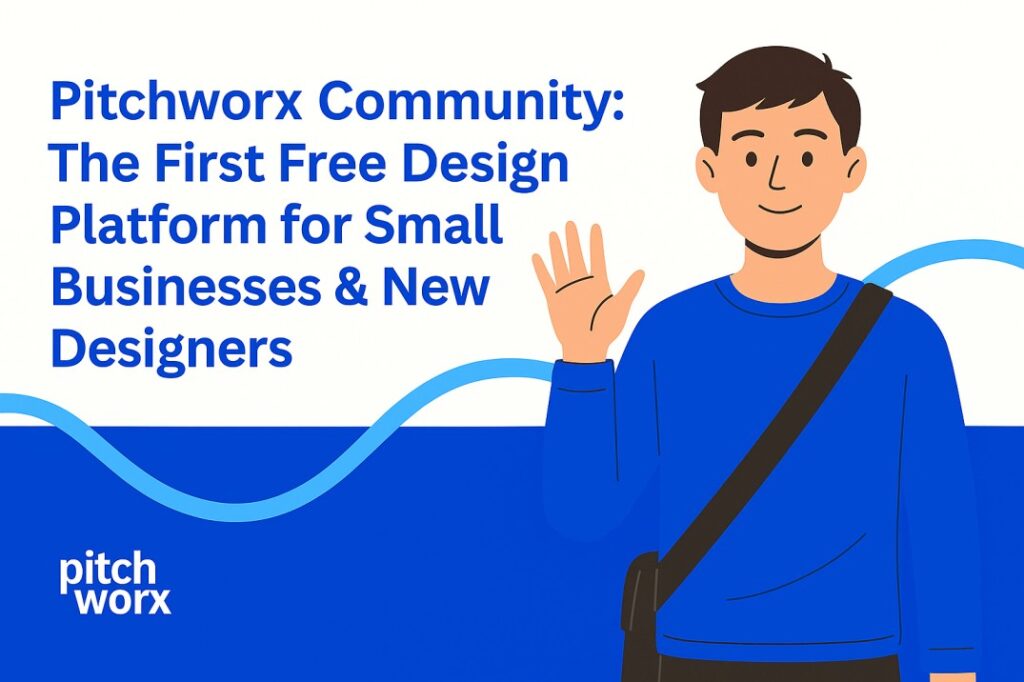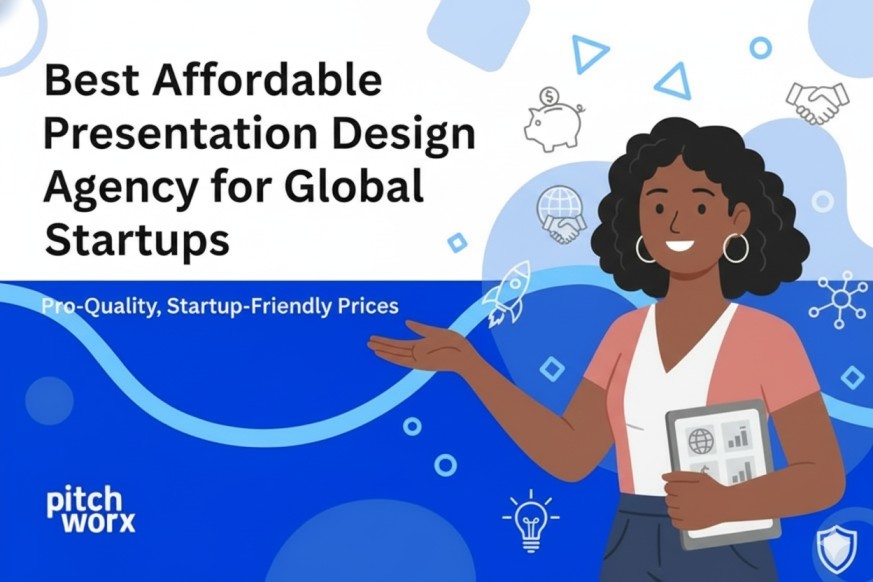How Indian Freelance Designers Are Conquering U.S. Markets

Published: November 04, 2025 | Reading Time: 12 minutes | Author: PitchWorx Design Team
Table of Contents
- Introduction: The Cross-Continental Design Revolution
- The Perfect Storm: Why Now?
- Building Credibility in Competitive Markets
- Overcoming Cultural and Communication Barriers
- The Economics of Cross-Border Design
- Platform Mastery and Client Acquisition
- Case Studies: Success Stories
- The Future: What’s Next?
- Conclusion: The Playbook for Success
- Frequently Asked Questions (FAQs)
Introduction: The Cross-Continental Design Revolution
A quiet revolution is reshaping the American design industry. From Silicon Valley startups to New York advertising agencies, Indian freelance designers are not just participating in the U.S. creative economy—they’re dominating it. This isn’t a story about cheap labor; it’s about exceptional talent, strategic positioning, and the democratization of global creative work.
In 2025, over 40% of design work commissioned by U.S. companies involves international freelancers, with Indian designers capturing the largest share. Let’s explore how they made this remarkable journey and what aspiring creatives can learn.
The Perfect Storm: Why Now?
Several factors converged to create these opportunities:
- Digital Infrastructure Maturation: India’s internet penetration and fiber optic networks enable seamless remote work.
- Skills That Match Market Demand: Indian design education now produces graduates proficient in Figma, Adobe Creative Suite, and emerging technologies.
- Competitive Pricing With Premium Quality: Indian designers use competitive pricing as a foot-in-the-door strategy, then deliver exceptional quality that commands premium rates.
- Time Zone Advantage: Indian designers work while American clients sleep, enabling 24-hour productivity cycles.
Building Credibility in Competitive Markets
Indian designers employed deliberate strategies to succeed:
- Portfolio Excellence: Investing heavily in personal branding and maintaining Behance portfolios with diverse projects and case studies.
- Specialization Over Generalization: Picking niches like SaaS product design or pitch deck creation to position as experts.
- Community-Driven Growth: Using platforms like Pitchworx Community for mentorship, portfolio reviews, and client connections.
- Strategic Use of Free Work: Offering free designing services to high-visibility startups as portfolio builders before transitioning exclusively to paid designing services.
Overcoming Cultural and Communication Barriers
Successful Indian designers invest time in understanding American business communication norms (directness, brevity) and design aesthetics (minimalism, white space). They build trust remotely through prompt communication, meeting deadlines, and proactive updates.
The Economics of Cross-Border Design
Most Indian designers start with lower rates but strategically increase them as they build their portfolios. The most sophisticated designers switch to project-based or value-based pricing, transforming their income potential. For example, a pitch deck that helps a startup raise $2 million isn’t worth $500—it’s worth $5,000 or more.
Platform Mastery and Client Acquisition
Top designers excel at multi-channel client acquisition, including dominating freelance platforms like Upwork and Fiverr, intelligent direct outreach to startups, content marketing through YouTube and Medium, and leveraging communities like Pitchworx for warm introductions.
Case Studies: Success Stories
- Priya Sharma – Presentation Design Specialist: Started with free designing services, transitioned to paid work, and now charges $3,500+ per pitch deck with a 2-month waitlist.
- Arjun Patel – SaaS UI/UX Designer: Specialized in B2B SaaS design and now works with three Silicon Valley startups on retainer, earning $12,000+ monthly.
The Future: What’s Next?
The trajectory for Indian designers in U.S. markets continues upward, with a focus on AI collaboration, scaling into small agencies, and accelerating premium positioning. The days of competing solely on price are ending.
Conclusion: The Playbook for Success
Indian freelance designers are conquering U.S. markets through a proven formula: exceptional skills, strategic positioning, cultural adaptation, and relentless value delivery. For aspiring designers, the path is clear:
- Master technical skills that American clients value.
- Build a portfolio that showcases real results.
- Join communities like Pitchworx Community for mentorship and connections.
- Use free designing services strategically, then transition to paid work at rates reflecting your value.
Frequently Asked Questions (FAQs)
1. How do Indian freelance designers compete with American designers on price?
Answer: They don’t just compete on price. While initial rates might be lower, successful designers quickly transition to value-based pricing, competing on quality, speed, and specialized skills.
2. What platforms are best for Indian designers to find U.S. clients?
Answer: A combination of platforms like Upwork and Fiverr Pro, a strong Behance portfolio, content marketing, and participation in communities like Pitchworx Community is most effective.
3. Should I offer free designing services to break into the U.S. market?
Answer: Use it strategically for high-visibility projects to build your portfolio, but transition exclusively to paid designing services once you have 5-10 solid pieces.
4. How important is joining design communities like Pitchworx Community?
Answer: Extremely important. They provide mentorship, warm client introductions, portfolio feedback, and insights into American business culture, accelerating market success.






Responses